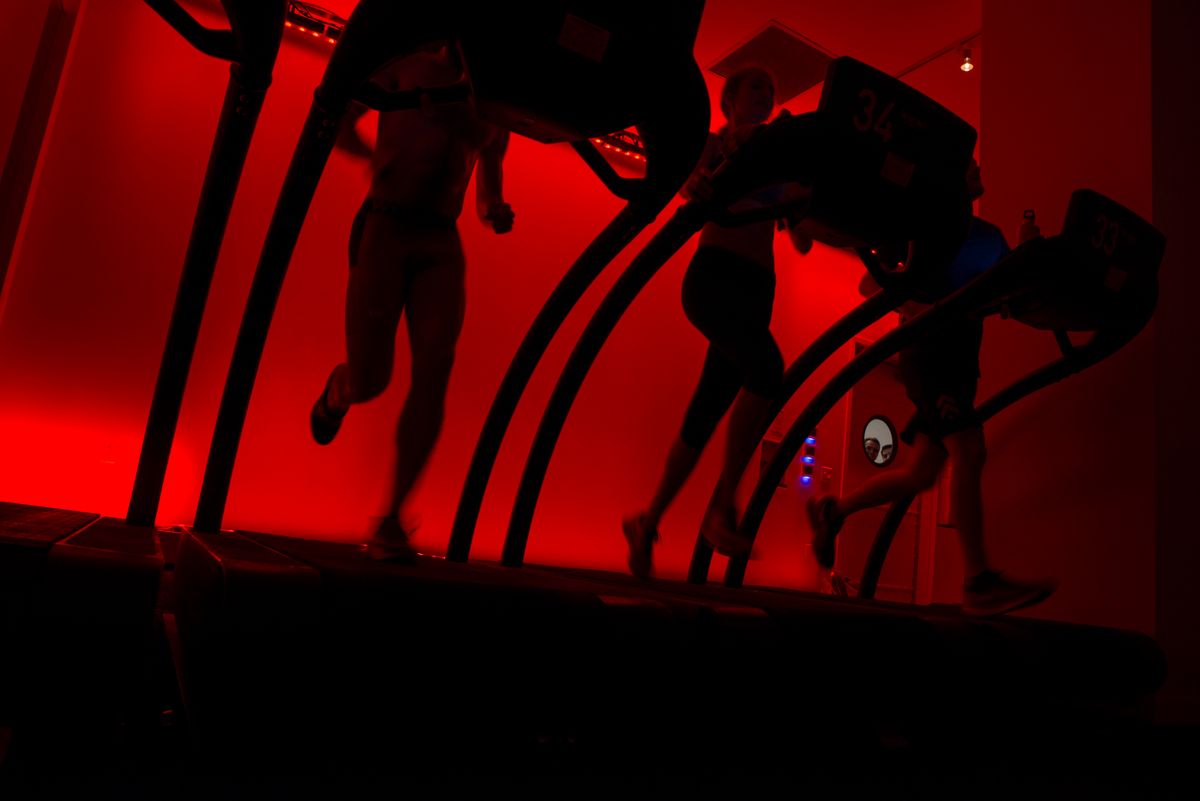Plantar fasciitis is one of the most common injuries runners experience throughout their running lives. The most well-known symptom is heel pain when you get out of bed and take your first few steps in the morning. It occurs when there is repetitive microtrauma (ex: overtraining) to the plantar fascia—the connective tissue band that runs across the bottom of the foot. Research has found actual changes that occur in the plantar fascia tissue, and it has been shown that an alteration in the load-bearing characteristics of the foot may be an underlying cause of this condition. However, why and how these changes in load-bearing occur is unknown.
A study from the Foot & Ankle International Journal examined the relationship between plantar fasciitis and hamstring tightness. Fifteen people who had plantar fasciitis for at least 1 year were recruited into the study, as well as fifteen people to act as the control group. Hamstring tightness was measured for both groups—23 degrees for the plantar fasciitis group and 6.5 degrees for the control group (perfect hamstring flexibility would be 0 degrees). They then walked across a force plate that measured where pressure was applied on the foot with a knee brace locked at different angles (0 degrees, 20 degrees, and 40 degrees). The results showed that as the knee angle (mimicking hamstring tightness) increased, the time spent in the forefoot loading phase increased. This is logical because the plantar fascia is in a tightened position when you are on your forefoot.
This is the beginning of research into hamstring tightness and plantar fasiicitis; we need to see some more specific data on runners and forces while running (as opposed to walking, which was used in this study). However, the results presented in this study logically make sense when considering a runner with plantar fasciitis and tight hamstrings. Tight hamstrings may potentially cause an increased amount of time spent in forefoot loading, and therefore an increased amount of time with the plantar fascia in a tightened or shortened position.
So, if you have been dealing with a stubborn case of plantar fasciitis, be sure to include hamstring mobility in your rehabilitation! Stretching for the purpose of lengthening the muscle should be your number one hamstring mobility goal—so be sure to hold your hamstring stretch for at least 60 seconds at a time.
- Cathlin Fitzgerald, PT, DPT, CSCS, CAFS
- NY Custom PT & Performance
- 295 Madison Avenue #1026
- New York, NY 10017
- 212-682-786
- Harty et al. “The Role of Hamstring Tightness in plantar fasciitis”. Foot and Ankle International. 2005; 26 (12): 1089-1092.

